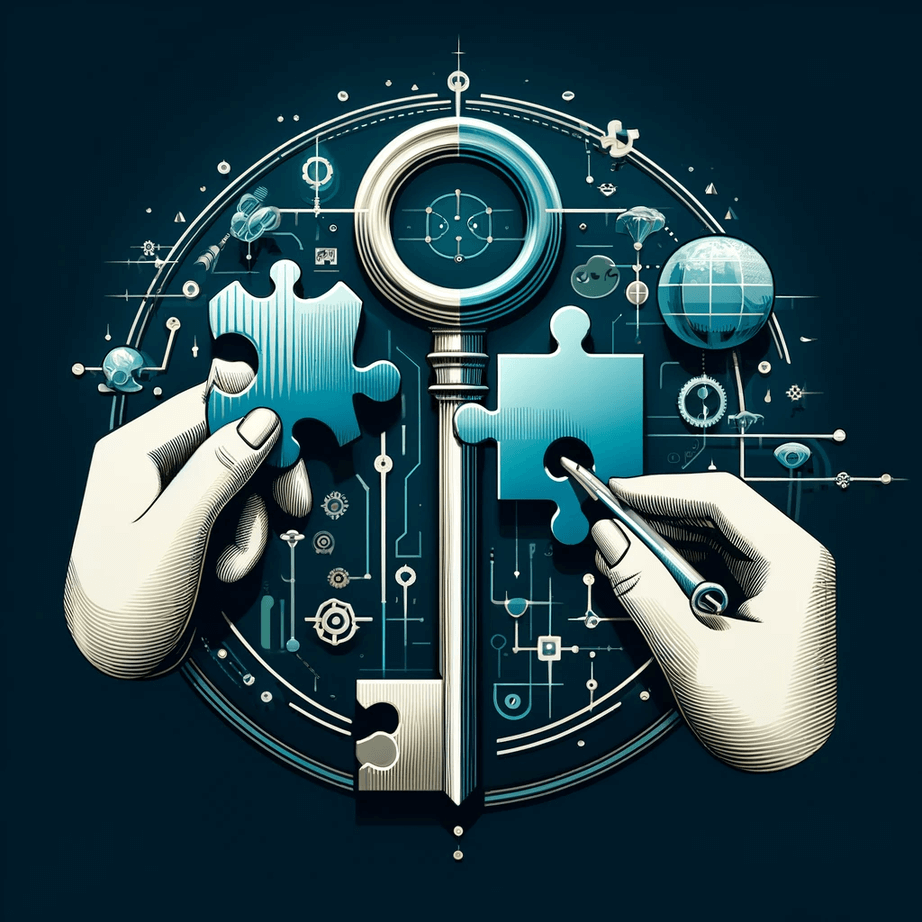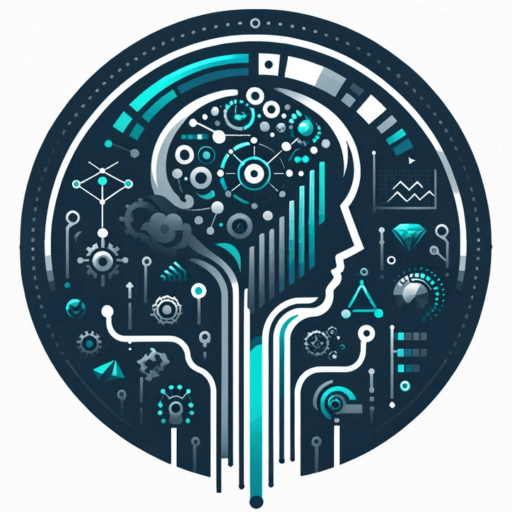Transform Your Organization with AI-driven Data Analytics Agency
In an era where data is the new currency, our team stands at the forefront of unlocking its potential. As a leading data analytics agency, we specialize in transforming complex data into actionable insights. Our dedicated team of data analytics experts, engineers, and scientists partners with businesses across ecommerce, healthcare, video streaming, IoT, Blockchain, and Web3 sectors to pave the way for innovation and growth.

Our Data Analytics Services: Tailored to Your Needs
We transform data into your most powerful asset, guiding you through the complexities of modern business landscapes with tailored data solutions. From strategic consulting to the integration of AI and big data, we unlock insights that drive innovation and growth.
Data Analytics and Analysis
Dive deep into your data with cutting-edge analytics. We reveal the story behind the numbers to guide your strategic decisions
Data Engineering
Lay the foundation for scalable growth. Our engineering solutions ensure your data is structured, integrated, and ready for analysis
Data Visualization
Transform data into visual stories. Our visualization techniques make complex information accessible and actionable
Data Science
Leverage predictive analytics and machine learning. We uncover trends and patterns to keep you ahead of the curve
Big Data Solutions
Manage vast datasets with ease. Our big data strategies are designed for efficiency and insight
AI Integration
Step into the future with AI-driven solutions. From automation to advanced analytics, harness the power of AI to innovate and excel
Industries We Serve
Ecommerce
Enhance customer experiences, streamline operations, and boost sales with targeted data insights
Healthcare
Improve patient outcomes and operational efficiency through data-driven decisions
Web3
Navigate the new digital landscape with blockchain analytics and decentralized data strategies
IoT
Unlock the potential of connected devices with smart data solutions
Food and Restaurant
Refine menus, improve service, and manage supply chains effectively
Video Streaming
Optimize content delivery, viewer engagement, and subscription models with actionable data analytics
Why Choose Us?
Choosing the AI-driven MY agency means partnering with a leader in the data analysis field who understands the intricacies of your industry and the uniqueness of your challenges. Our commitment to delivering custom, ethical, and impactful solutions is driven by our foundational belief that your success is our success. With our unparalleled expertise and bespoke approach, we ensure that your data not only informs but also transforms your business strategy, propelling you towards sustainable growth and innovation.
Expertise and Experience
- Our team comprises industry veterans with extensive knowledge across various data disciplines
- We have successfully transformed businesses in diverse sectors through our innovative data solutions
- We stay ahead of industry trends and technologies, ensuring our solutions are not just current but future-ready


Custom Solutions
- Each solution is crafted to meet your specific business objectives, ensuring maximum impact
- We utilize a broad spectrum of technologies, from traditional analytics to cutting-edge AI, to build the most effective solutions
- Our custom solutions are designed to grow with your business, ensuring long-term success
Ethical Data Practices
- We prioritize your data’s privacy, employing strict protocols to protect sensitive information
- Our robust security measures safeguard your data against threats and vulnerabilities
- We maintain the highest standards of integrity, providing honest and unbiased insights to guide your decisions

“Partnering with MY agency for data analytics outsourcing was a game-changer. Their custom data solutions and ethical approach transformed our operations and unlocked unprecedented growth. Data is now our most strategic asset”
Alvin Rivera
CEO of SoftSweetened
Discover More About Our Data Services
Discover how we are empowering businesses across industries with our data analytics expertise. From healthcare to retail, our solutions drive efficiency, innovation, and growth.
Let’s Start a Conversation
Embark on your data-driven journey with us. Contact our experts today and discover how we can transform your organization with the power of data.
